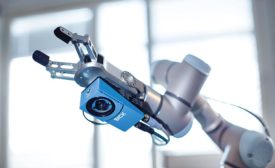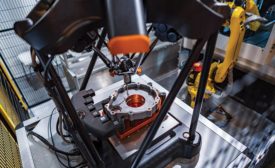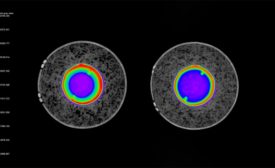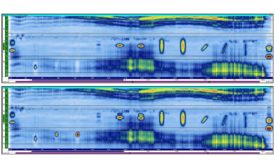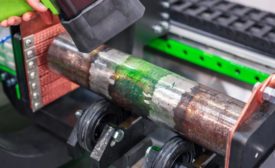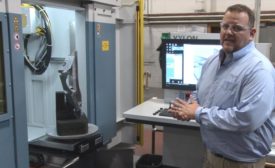Aerospace
The future of quality inspection is one that will see quality professionals working side-by-side with collaborative robots fitted with easily-swapped vision systems.
Read More
Automation: The Future of Manufacturing Is Here
Automation is especially useful in areas where manufacturers struggle to find enough skilled machinists to grow their business.
August 1, 2020
Computed Tomography: Back to Basics
Computed tomography is a powerful nondestructive evaluation (NDE) technique for both 2D and 3D cross-sectional images of an object from X-ray images.
July 1, 2020
A New Angle on Aerospace FSW Inspections
The most effective inspection method for friction stir weld flaws is phased array ultrasound.
July 1, 2020
Nadcap Nondestructive Testing Special Process Audits: A Perspective
Numerous members of the aerospace industry are involved and provide input.
July 1, 2020
X-Ray and CT Automation Advances Make Aerospace Inspection Easier
How the advances are benefitting aerospace engineers with increased flexibility, improved image quality, better reporting and data storage capabilities.
July 1, 2020
Aerospace | News
NASA Awards Northrop Grumman Artemis Contract for Gateway Crew Cabin
June 25, 2020
Producing Additively Manufactured Parts
The future of additive manufacturing will include an increasing number of production applications.
June 1, 2020
Stay in the know with Quality’s comprehensive coverage of
the manufacturing and metrology industries.
eNewsletter | Website | eMagazine
JOIN TODAY!Copyright ©2024. All Rights Reserved BNP Media.
Design, CMS, Hosting & Web Development :: ePublishing
